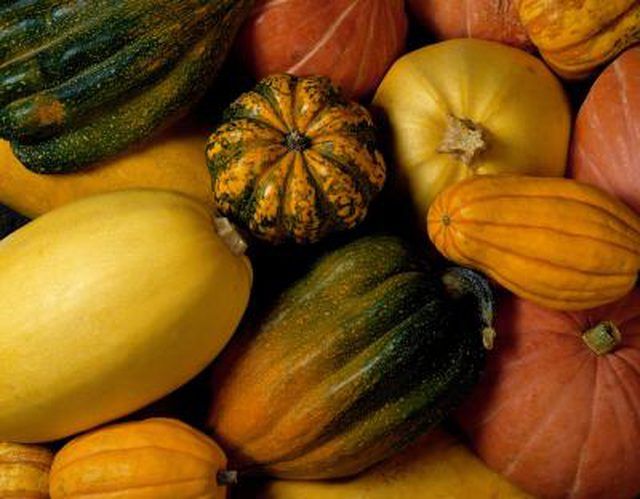Bulbs
Flower Basics
Flower Beds & Specialty Gardens
Flower Garden
Garden Furniture
Garden Gnomes
Garden Seeds
Garden Sheds
Garden Statues
Garden Tools & Supplies
Gardening Basics
Green & Organic
Groundcovers & Vines
Growing Annuals
Growing Basil
Growing Beans
Growing Berries
Growing Blueberries
Growing Cactus
Growing Corn
Growing Cotton
Growing Edibles
Growing Flowers
Growing Garlic
Growing Grapes
Growing Grass
Growing Herbs
Growing Jasmine
Growing Mint
Growing Mushrooms
Orchids
Growing Peanuts
Growing Perennials
Growing Plants
Growing Rosemary
Growing Roses
Growing Strawberries
Growing Sunflowers
Growing Thyme
Growing Tomatoes
Growing Tulips
Growing Vegetables
Herb Basics
Herb Garden
Indoor Growing
Landscaping Basics
Landscaping Patios
Landscaping Plants
Landscaping Shrubs
Landscaping Trees
Landscaping Walks & Pathways
Lawn Basics
Lawn Maintenance
Lawn Mowers
Lawn Ornaments
Lawn Planting
Lawn Tools
Outdoor Growing
Overall Landscape Planning
Pests, Weeds & Problems
Plant Basics
Rock Garden
Rose Garden
Shrubs
Soil
Specialty Gardens
Trees
Vegetable Garden
Yard Maintenance
How to Grow Kalabasa Philippine Squash
How to Grow Kalabasa Philippine Squash. "Kalabasa" is the Philippine word for squash and is sometimes used interchangeably to refer to both summer and winter squash (Cucurbita maxima, Cucurbita pepo, Cucurbita moschata). The Philippine Bureau of Plant Industry refers to kalabasa as "Cucurbita moschata Duch," which includes...

"Kalabasa" is the Philippine word for squash and is sometimes used interchangeably to refer to both summer and winter squash (Cucurbita maxima, Cucurbita pepo, Cucurbita moschata). The Philippine Bureau of Plant Industry refers to kalabasa as "Cucurbita moschata Duch," which includes several varieties of winter squash. All require a sunny location and fertile, well-drained soil with a pH between 5.8 and 6.8. These plants produce long vines that range in length from 3 feet to 15 feet or more, depending on the variety and growing conditions.
Things You'll Need
Organic mulch
Black plastic
Fertilizer, 45-0-0 and 0-0-60
Plant squash seedlings two weeks after the last spring frost when the soil has warmed to at least 70 degrees Fahrenheit.
Plant two to three seedlings in hills spaced 4 to 8 feet apart, depending on the cultivar. Bush or dwarf varieties do well when spaced 4 feet apart, while those that produce larger fruit and vines need more space for the vines to grow.
Apply a 2- to 3-inch layer of organic mulch, such as straw or grass clippings, around the squash plants to retain moisture and suppress weeds. Black plastic mulch applied at planting is an effective mulch and keeps the soil warm as well.
Water squash deeply to moisten the soil to a depth of 6 inches once or twice a week or whenever the soil feels dry 1 inch below the surface. Squash prefers evenly moist soil, especially during blooming and fruit formation.
Work 1 to 2 tablespoons of urea (45-0-0) into the soil near the base of your squash plants approximately three weeks after planting. This gives them a boost of nitrogen to promote healthy growth. Apply high potash fertilizer, such as 0-0-60, at a rate of 1 to 2 tablespoon per plant when the vines are approximately 3 feet long.